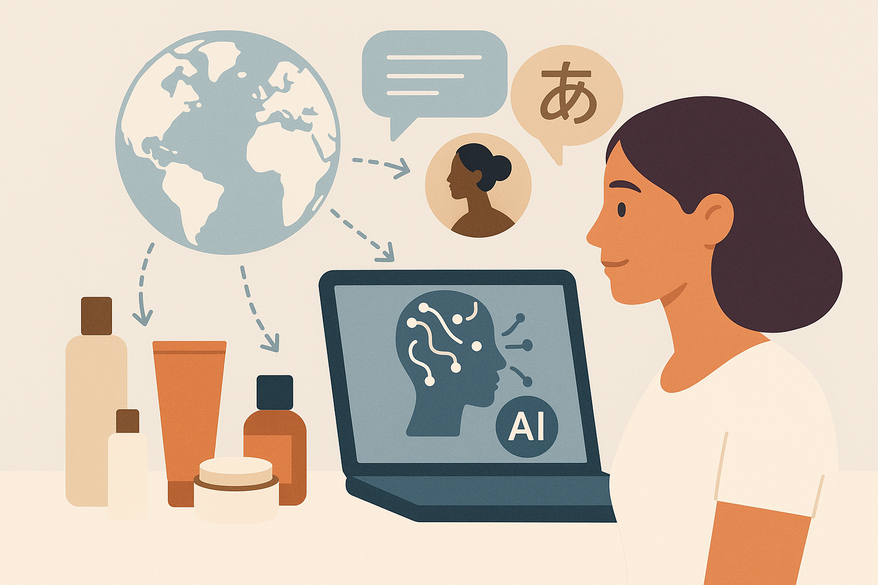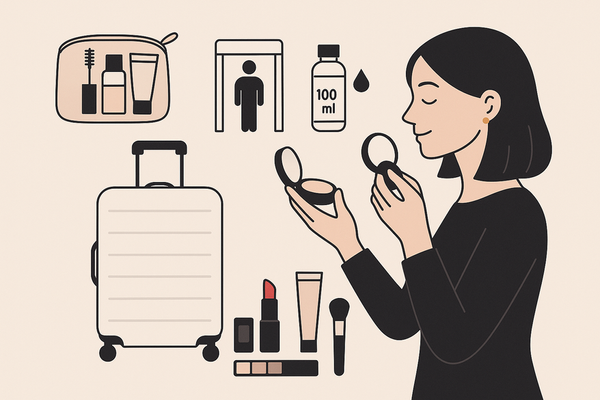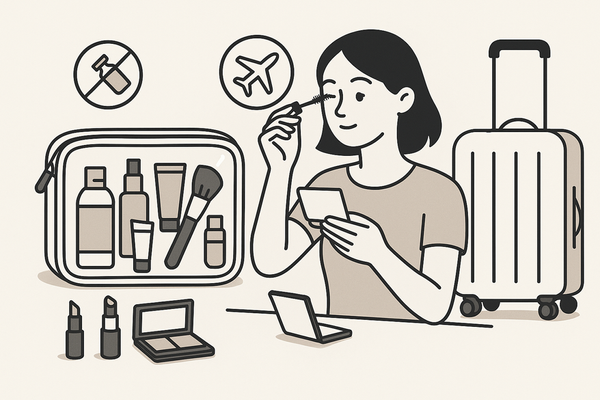Global Beauty Trends AI Translation: Bridging Cultures and Accelerating Innovation
Explore how global beauty trends AI translation bridges cultural divides and accelerates innovation in the beauty industry, enhancing consumer trust worldwide.

Estimated reading time: 7 min read
Key Takeaways
- Synergy of Trends and Tech: *Global beauty trends* meet *AI translation* to unlock real-time, localized consumer engagement.
- Accelerated Launches: Brands can deploy multilingual marketing, e-commerce pages, and influencer scripts within hours.
- Enhanced Trust: Native-language product descriptions and compliant labeling boost conversion rates by up to 25 %.
- Complex Challenges: Accurate terminology, cultural nuances, and legal compliance require ongoing human oversight.
- Future Innovations: Expect multimodal translation, AR/VR try-ons, and blockchain traceability to shape next-gen beauty experiences.
Table of Contents
- Introduction
- Global Beauty Trends Overview
- The Role of AI Translation in the Beauty Industry
- How AI Translation Enables the Spread of Trends
- Challenges and Considerations
- Future Outlook
- Conclusion
Introduction
At the intersection of evolving consumer tastes and cutting-edge language technology lies the concept of global beauty trends ai translation. On one hand, global beauty trends encompass shifting patterns in product innovation, marketing strategies, and consumer preferences worldwide. On the other, AI translation leverages neural networks and large language models to convert text and voice with remarkable contextual accuracy.
When these forces converge, beauty brands can reach multilingual audiences in real time—**accelerating launches**, igniting social engagement, and building deeper trust. In an era of digital connectivity, consumers crave personalized, science-driven solutions, while AI translation emerges as a transformative enabler. Source data and forecasts can be found on the Mintel Press Centre.
Additionally, tools like Makeup Check AI harness neural-machine translation to craft localized product descriptions and ensure regulatory compliance across languages.
Global Beauty Trends Overview
Key drivers shaping today’s landscape include:
- Digital connectivity—Consumers share routines, reviews, and tutorials online.
- Personalization—Tailored serums, microbiome balancers, longevity formulations.
- Ingredient innovation—Peptides, plant stem cells, advanced encapsulation.
- Holistic wellness—Integrating skincare with mental health and biofeedback devices.
Market statistics point to robust growth:
- The U.S. beauty market is projected to exceed $104 billion by 2025.
- Global skincare revenue will top $177 billion in 2025 (beauty and cosmetic industry statistics).
Across APAC, EMEA, and the Americas, science-driven skincare, sustainable formulations, device personalization, and AR/AI guidance dominate roadmaps (Cross-Cultural Beauty Trends AI: A Global Makeup Forecast and US Beauty Trends 2025 report).
Globalization also prompts brands to adapt textures, refine ingredient transparency, and deploy smart mirrors, scanners, and predictive AI—highlighted in the Global Makeup Trend Analysis AI: Unlocking Beauty Insights Worldwide and the State of the Beauty Industry Report 2025.
The Role of AI Translation in the Beauty Industry
AI translation combines neural-machine translation (NMT), transformer architectures, and continuously trained large language models to deliver:
- Real-time conversion—Instant subtitles for live tutorials; voiceovers for global campaigns.
- Contextual fidelity—Preserves brand voice, claims, and legal phrasing.
- Regulatory safeguards—Flags prohibited ingredients and adapts to local labeling requirements.
Common applications:
- Localizing product descriptions for Japanese, Arabic, and Portuguese markets.
- Translating influencer scripts and user reviews to capture nuance and excitement.
- Converting ingredient lists and safety warnings with precise scientific terminology.
As Exploding Topics highlights, AI translation is reshaping how beauty trends spread across language barriers (Exploding Topics Beauty Trends).
How AI Translation Enables the Spread of Trends
Case Study: Global Serum Launch
- A brand debuts a longevity-focused serum simultaneously in English, Mandarin, Spanish, and Arabic.
- Social posts auto-translate with approved style guidelines.
- Influencer scripts adapt instantly to local dialects.
- E-commerce pages and checkout flows localize within hours.
Benefits:
- Unified messaging accelerates trend adoption.
- Real-time engagement on TikTok, Instagram, and WeChat can boost reach by up to 70 %.
- Native-language information increases conversion rates by 25 %.
Key metrics: Engagement lift, regional conversion rates, and reduction in time-to-market. Source: Exploding Topics Beauty Trends.
Challenges and Considerations
Translation inaccuracies:
- Specialized terms like “retinol encapsulation” may misrender without context.
- Machine errors can transform “clinically proven” into vague claims.
Cultural nuances:
- Color symbolism varies: white can mean purity or mourning.
- Ingredient preferences: animal-derived vs. vegan formulations.
- Tone of voice: direct marketing may offend some audiences.
Model maintenance: Continuous training on slang, buzzwords, and dialects; essential human post-editing.
Brand safety & legal compliance: Ensure AI outputs align with local advertising laws and protect intellectual property.
Future Outlook
Next-generation AI translation will integrate:
- Multimodal inputs—Image recognition plus text for packaging and ingredient callouts.
- Sentiment analysis—Adaptive tone matching across cultures.
- On-device AR/VR translation—In-store virtual try-ons with live subtitles.
Emerging tech includes AI-powered skin diagnostics, at-home custom formulation devices, and blockchain traceability—all pointed out by Mintel Press Centre.
Gen Alpha’s comfort with AI and virtual experiences will further fuel demand for multilingual, interactive beauty communications and virtual assistants that offer skincare tips in any language.
Conclusion
The intersection of global beauty trends and AI translation is reshaping how cosmetics and skincare reach audiences worldwide. By leveraging AI translation, brands can overcome language barriers, accelerate product launches, and earn consumer trust through native-language experiences. Despite challenges in accuracy, cultural sensitivity, and legal compliance, the future promises truly borderless, personalized beauty powered by multimodal AI and immersive technologies.
FAQ
How does AI translation improve beauty marketing?
AI translation enables real-time localization of product descriptions, social media posts, and video tutorials. This native-language approach enhances consumer trust and drives higher engagement and conversions.
What are the main challenges when using AI translation in cosmetics?
Key challenges include mistranslation of specialized terms, cultural misinterpretations, and ensuring compliance with diverse regulatory standards. Ongoing human review is crucial to maintain accuracy and brand safety.
Can AI translation handle local regulatory requirements?
Yes—advanced AI systems can flag banned ingredients, adapt labeling rules, and insert legally required disclaimers. However, human oversight remains essential to verify compliance with evolving regulations.
What does the future hold for AI translation in beauty?
The next wave includes multimodal translation (text + images), AR/VR try-ons with live subtitles, and blockchain-based ingredient traceability—paving the way for fully immersive, personalized beauty experiences.




